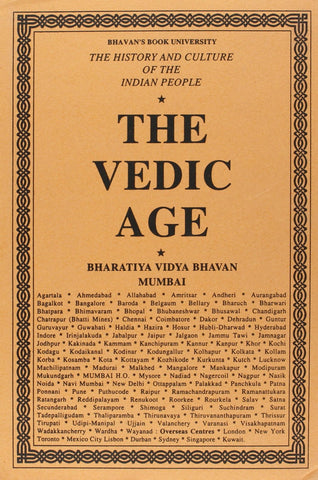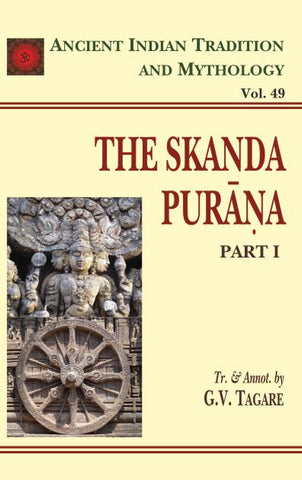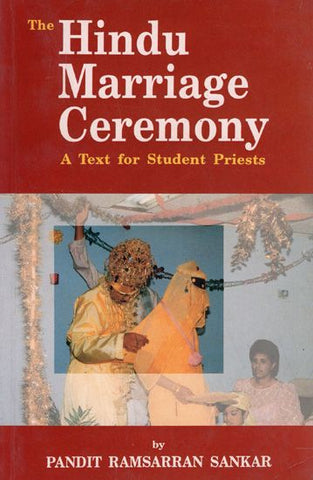Your cart is empty now.
Kolam is propitious threshold drawings by women defining religious and cultural space in South India. Integrating the entire Tamil community in kinship, ephemeral kolam structure is precise and beautiful "prayer for protection and prosperity. Aesthetic experience of kolam is in its symmetrical composition that correlates with our concept of the cosmos. In the geometric grid of kolam the number of dots called pulli algorithmically guides the number of crossings that requires overall smoothening of edges in the design. Large number of infinite knot pattern follows aset of elegant mathematical rules that is at the game time artistic. According to Marcia Ascher, Emeritus Professor of Mathematics at Ithaca College, the Principles of Numbers in kolam is dynamics and motion in matter demonstrating multiplicity of the void.
Kolam drawings trace unilinear path with singular regularity expressive of polyrhythmic music. Dancer Chandralekha observed that kolam is a kind of yoga. Kolam as an art form has entered computer graphics, ethnomathematics and ethnomusicology, textile industry therapeutic applications and tactile spatial education for visually challenged. The pervasive threshold drawing of Tamil Nadu are unique but at the same time kolamis extendable to the tradition of tracing patterns in sand produced by several cultures in Africa and South Pacific islands as well as to the brilliant mosaics of ancient Rome.
Saswati Sengupta holds a PhD in "Kolam of Tamil Nadu" from the National Museum Institute under the Ministry of Culture in New Delhi, where she also completed her M.A. in History of Art. Born in Chennai in 1975, Saswati Sengupta has travelled widely and lived in various places. Her early childhood was spent in Nigeria from where a she visited parts of Europe and Africa and later Southeast Asia. She completed her schooling in Chennai from where her flair for art took her to study design in Kala Bhavan at Visva Bharati University, Santiniketan and to Delhi for creative jewellery design under S. R. Schroeder at jewellery Product Development Council.In 1998 she received a research grant from the Nehru Trust under which she documented tribal Dokra bronzes in North East of India. She has published several articles in art journals and her poetic reflections in the form of personal diary titled Fragments was published in 2001. Dr. Saswati Sengupta continues to research, write and paint and has exhibited her art works in Lalit Kala academy, New Delhi, Birla Academy of Art,Kolkata and at other venues in India.
THE indigenous craft of threshold drawing known as kolam is an artistic practice exclusive to south Indian women. Kolam is usually drawn along the entire front of a humble hut or a bungalow and on the steps leading to a household entrance. Kolam as floor decoration is generally seen as common place. Its precise geometric composition on thresholds, in front of puja room, tulsi madam and even the kitchen indicates mathematical procedures. The well defined structure and boundaries distinguishes this ritual folk art as religiously significant. The daily performance of kolam drawing is engaged with aspects of everyday life and the relation between the inside and the outside. As indispensable part of daily life women freely exercise their choice of kolam resulting in rich variety of threshold decoration. Despite set of rules, regional variations combined with community preferences in kolam types reflect diversity among caste groups in south India. Thus, kolam practised widely in Tamil Nadu is prevalent also in Andhra Pradesh and Karnataka, which together with Kerala was unified as Madras Presidency in pre-independent India. Among all the south Indian states kolam is strongly integrated into Tamil culture and Tamil communities keenly aware of its importance draw kolam everyday religiously. Tamil girls are encouraged to develop this skill from very young age. Actually, in earlier days it was compulsory for the girls to learn the art of kolam to enhance their marriage prospects. The ritual kolam is drawn by using rice flour on special occasions and crushed limestone powder for daily purpose. Organic and impermanent materials in kolam drawing stem from religious belief in the efficacy of white rice paste, yellow turmeric, red earth (chemman) or red kumkum and occasionally juice of green leafs of avarakkai (Dolichos lablab) and agathikerai (Sesbania grandiflora). Kolam drawn in rice paste with occasional contrasting red accent is considered beneficial. For religious purpose Tamils in Sri Lanka "put" kolam in white flour (maida) and yellow turmeric. During pijas and festivals kolam is "put" in the domestic shrine, the kitchen and in front of every item of value including storage cupboards. Since kolam signifies well-being for the family, this threshold drawing is indeed a "painted prayer" (C.1).
Meaning of kolam is guise or disguise, appearance or "that which is beautiful". A man in Ramar kolam or in the guise of Sri Rama stands on a kolam drawn at the threshold of a Tamil home in Chennai (C.2)! A Tamil bride is said to be in auspicious kalyana kolam, which as goddess Mahalaksmi kolam is expected of all married women (C.3). Although the tradition of kolam drawing is widespread in south India the heritage of daily ritual of threshold drawing by propitious women defines Tamil culture. Irrespective of caste or social standing kolam tradition is passed down by generations of Hindu women. Kolam drawn at dawn and dusk is ritual magic for protection and prosperity. Kolam marks festivals, seasons and important events in a woman’s life such as birth, first menstruation and marriage. Kolam empowers and makes women fundamental to the organization of Tamil culture. Kolam indicates a sphere of "positive intentionality" generated by female energy influencing the safety of the domestic space by keeping the threatening outside world at bay. Sometimes kolam represents auspicious objects like nosepin, flowers, snake, butterfly, birds or animals. Kolams are identified by descriptive names among which hrdya kamalam or "lotus of the heart" is made of dots set in a radial arrangement to produce a wide a variety of lotus kolam literally "put" (Tamil Poduthal) as the seat of Goddess Laksmi.
Delivery and Shipping Policy
- INTERNATIONAL SHIPPING
- Rs.1000-1100/kg
- ESTD. Delivery Time: 2-3 weeks (depending on location)
- Bubble Wrapped with Extra Padding
- NATIONAL SHIPPING
- NCR: Rs. 30/half kg
- Standard: Rs. 80/half kg
- Express shipments also available on Request
- ESTD. Delivery Time: Ranging from 1-4 days up to 7 business days (Depending on your choice of Delivery)
- TRACKING
- All orders; national or international, will be provided with a Tracking ID to check the status of their respective orders
- Depending on the Shipping Service, Tracking ID may be used on their respective tracking portals
Frequently Asked Questions (FAQs)
Domestic Shipping: 3-4 Days (after shipping)
International Shipping: 1-2 weeks (based on your location)
You will receive an email once your order has been shipped or you can email us if you didn't receive tracking details (info@mlbd.co.in)
Every book that we sell is the latest edition except all the rare books
Yes, we do provide free shipping, only on domestic orders (within India) above Rs.1500











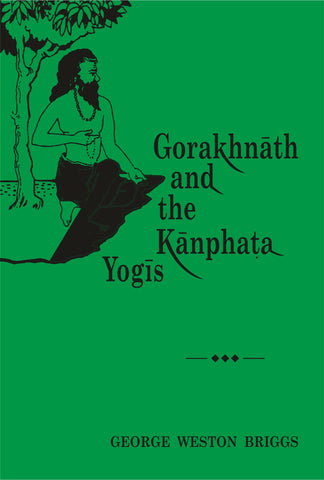
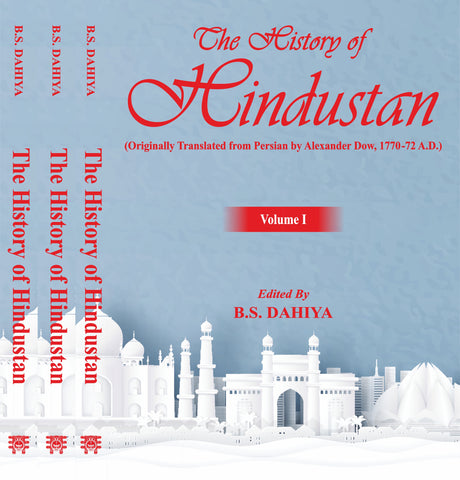
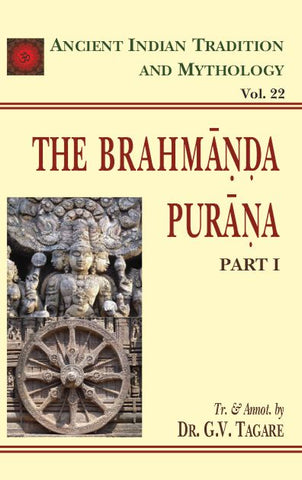
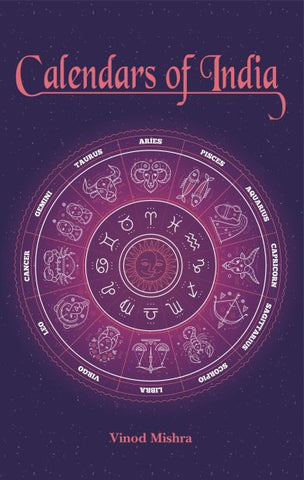
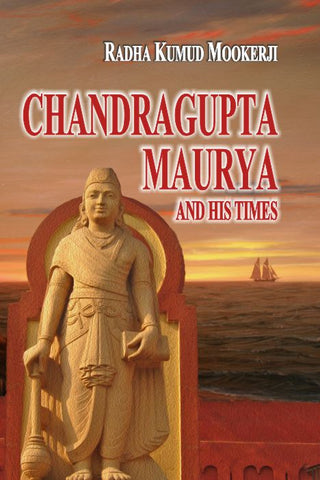
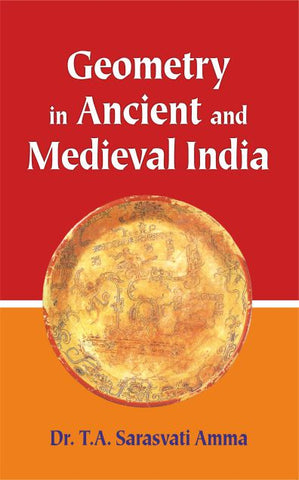
![A HISTORY OF INDIAN PHILOSOPHY [5 VOLUMES] by Surendranath Dasgupta](http://www.motilalbanarsidass.com/cdn/shop/products/HISTORYOFINDIANPHILOSOPHY_large.jpg?v=1675238163)
